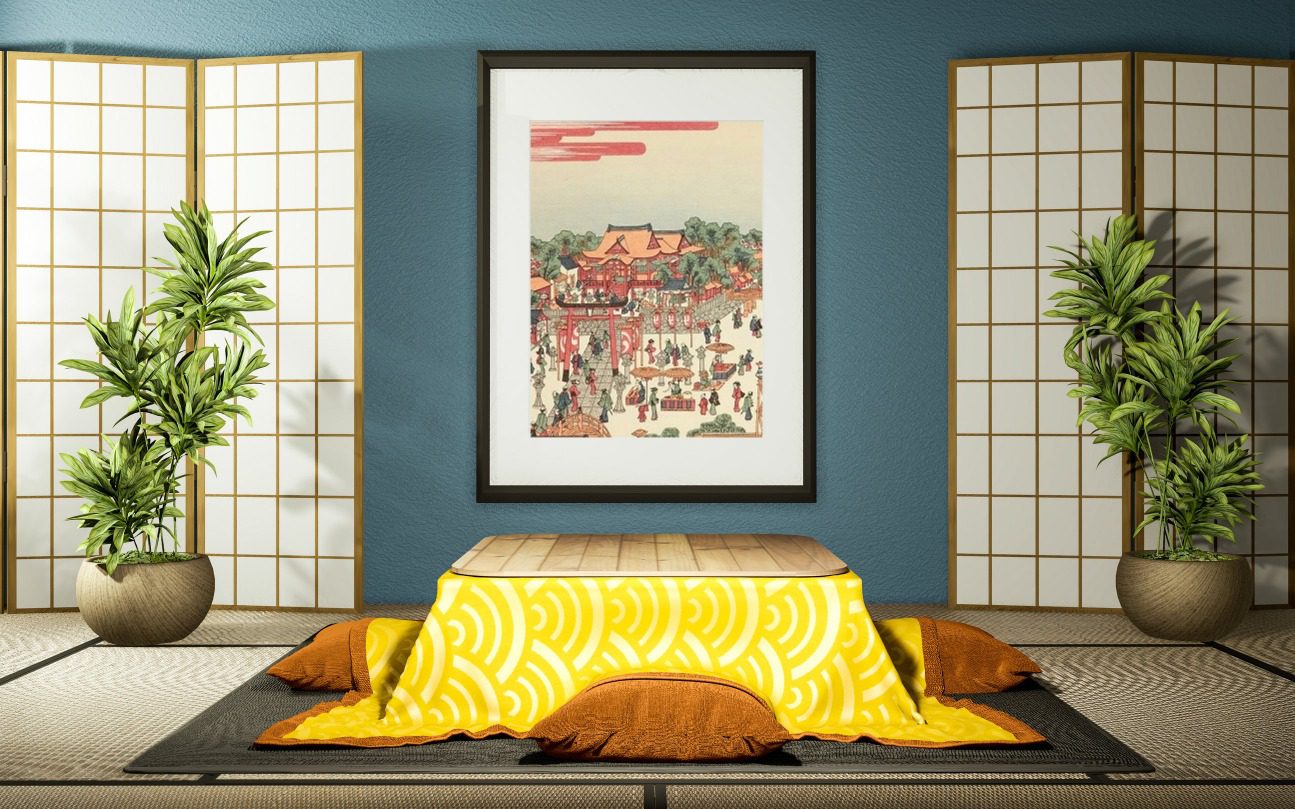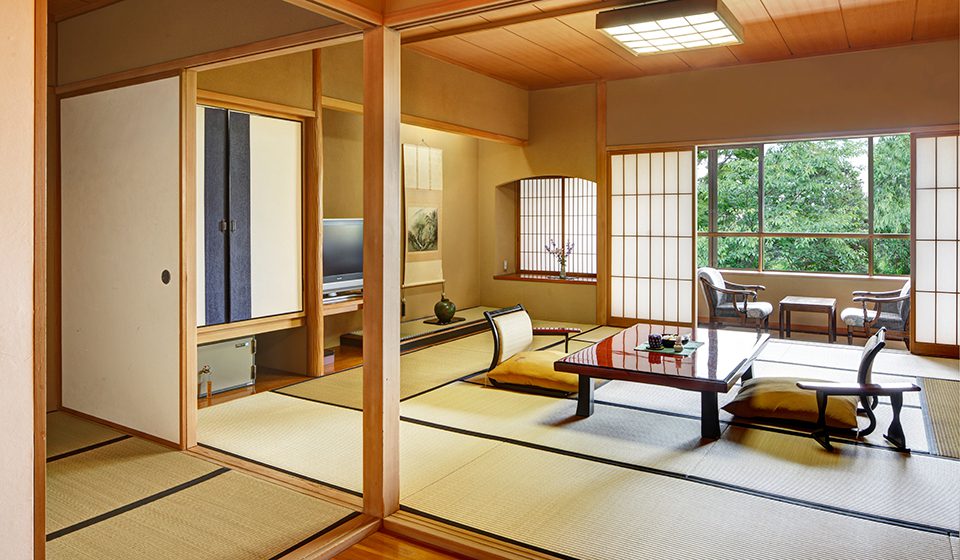Visiting a house, apartment, or building someone in Japan is not as simple as you may think it is. Genkan and Getabako are traditional features of a Japanese home. Knocking on the door, ringing the bell, or giving a simple greeting is not enough for you to get into someone’s house. They follow a particular etiquette: every house in Japan has a traditional entryway with a Genkan and Getabako. Want to learn more? Email us!
Genkan: A Gateway to Profound Language
What is a Genkan? A genkan (vestibule) is a traditional entryway, and most of the time, it is a combination of a porch and a doormat. It can be seen in the main entrance of a house and connects the outside world to the inside of the house. The genkan serves as a holding room for guests, and this is where they would take off their shoes, coat, and other outdoor wear before entering a home. Paintings, family portraits, and other decorations are also placed on the genkan area because they are considered one of the admired places inside the house.
During the early days, genkan was not used for houses but as an entrance to a Zen Temple. Genkan symbolizes “a gateway to profound language” and the start of Zen training. During the 17th century, the samurais were the first to build genkan in houses, then it continued to spread and became a tradition in Japan.
Genkan and Getabako pictures
Sometimes, if a genkan is large enough, you may use it for business transactions. Taking off one’s shoes is an old tradition in Japan dating back from the Meiji period (1868-1912) and is still being practiced.
The genkan is a tiled or stoned surface similar to the outside area leading to the entrance. In front of the genkan, or sometimes surrounding it, is a wooden or concrete elevated floor (tataki). Another purpose of a genkan is to prevent dirt from the tataki or the elevated floor. After removing one’s shoes, they should change to slippers or an Uwubaki. This is an indoor wear shoe before stepping on the tataki. Their shoes must also be placed facing the door. For guests, shoes are placed on genkan while the family members put their shoes on a getabako.
Getabako: Keeping the Tradition
What is a Getabako? A getabako is a shoe closet located in the genkan. ‘Geta’ means a type of Japanese footwear, and “hako’ means a box. Even with modern houses, the tradition of having a genkan continues.
Genkan and getabako can also be seen in public and private establishments. For large facilities like hospitals, it is not required to remove one’s shoes. In schools, each student has his or her own getabako section, and it is larger than those found on houses. In places like temples and the like, it is necessary to remove shoes and replace them with Uwubaki.
Check out Japanese Style for other authentic Japanese home items.



